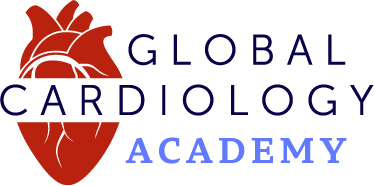Revolutionizing PAH Care: The Frontier of Novel Therapies

08/28/2025
Navigating the clinical landscape of pulmonary arterial hypertension (PAH) is both complex and hopeful, as emerging therapies bring new promise.
Combination therapies that optimize vasodilation not only ease symptom burden but also improve long-term vascular health. New guidelines emphasize combination therapies over monotherapy for most adults at low and intermediate risk, improving patient outcomes by addressing the multifaceted nature of PAH (per risk-stratified recommendations described in contemporary guideline summaries), while real-world practice is catching up. This shift marks a pivotal moment in PAH treatment, where real-world practices are beginning to align with clinical recommendations for more impactful management.
Early investigations into JAK–STAT pathway targeting in PAH suggest potential signals of benefit, but these agents remain investigational with limited human data and are not part of current standard care. Larger, longer-term studies are needed to establish efficacy and safety before clinical adoption.
For those experiencing rapid symptom progression, innovative pharmacotherapies bring renewed daily functioning. Among emerging agents, sotatercept has demonstrated significant improvements in functional capacity and hemodynamics in phase 3 evaluation (for example, gains in 6-minute walk distance and reductions in pulmonary vascular resistance, alongside favorable changes in biomarkers such as NT-proBNP), whereas the clinical impact of ralinepag is still being clarified in ongoing studies.
The clinical challenge of managing treatment-resistant PAH cases remains intricate. However, disease-modifying strategies, which target molecular pathways, are extending management tools and offering more comprehensive approaches.
If symptom control falters on monotherapy, escalation to combination treatment is typically guided by risk-based algorithms and should be undertaken in specialist centers, aligning care with contemporary recommendations.
Targeting the endothelin pathway primarily reduces pulmonary vasoconstriction and vascular remodeling, indirectly lowering right-ventricular load and supporting a more integrated therapeutic approach.
Advances in targeted approaches—including modulation of ACE2 signaling and the activin pathway—are expanding the therapeutic landscape.
Despite therapeutic advancements, gaps in routine management persist—for example, real-world data show that initial combination therapy remains underused compared with guideline expectations, underscoring the need to close the practice–evidence gap.
Looking ahead, precision medicine within therapeutics—such as biomarker-informed risk stratification and therapy selection—may help translate emerging science into more tailored care.
Key Takeaways:
- Guideline-aligned use of initial combination therapy for appropriate risk groups is increasing, but real-world adoption still lags.
- Pathway-directed innovations (for example, activin signaling modulation and ACE2-related strategies) are expanding options, though many remain investigational.
- Evidence strength varies by agent and phase: sotatercept shows phase 3 improvements in functional capacity and hemodynamics, while ralinepag’s clinical impact is still being clarified.
- Escalation from monotherapy to combination therapy should follow risk-based algorithms and occur in specialist centers to optimize outcomes.
- Precision therapeutics and better implementation of existing guidance can help close the gap between evidence and everyday care.
